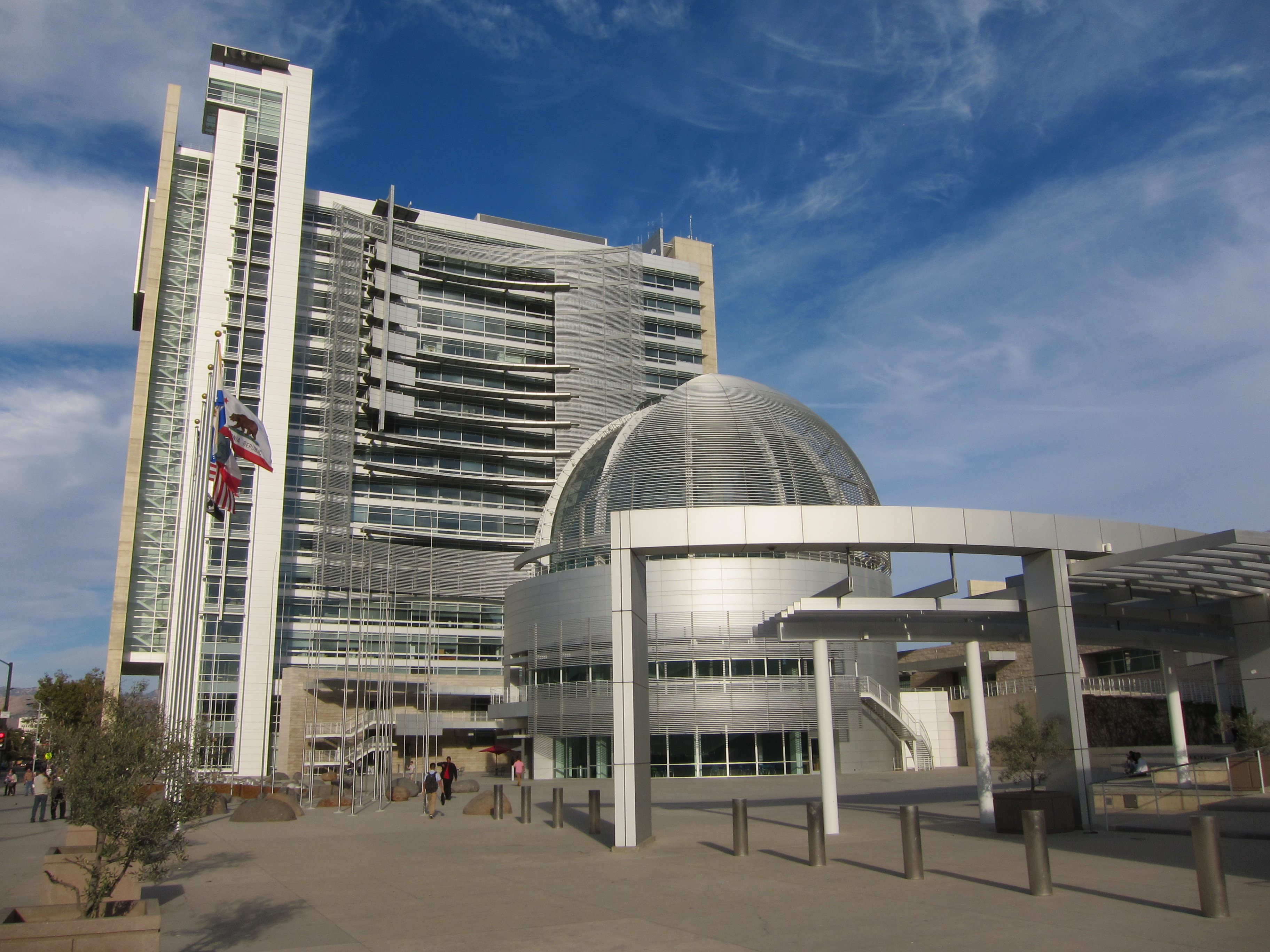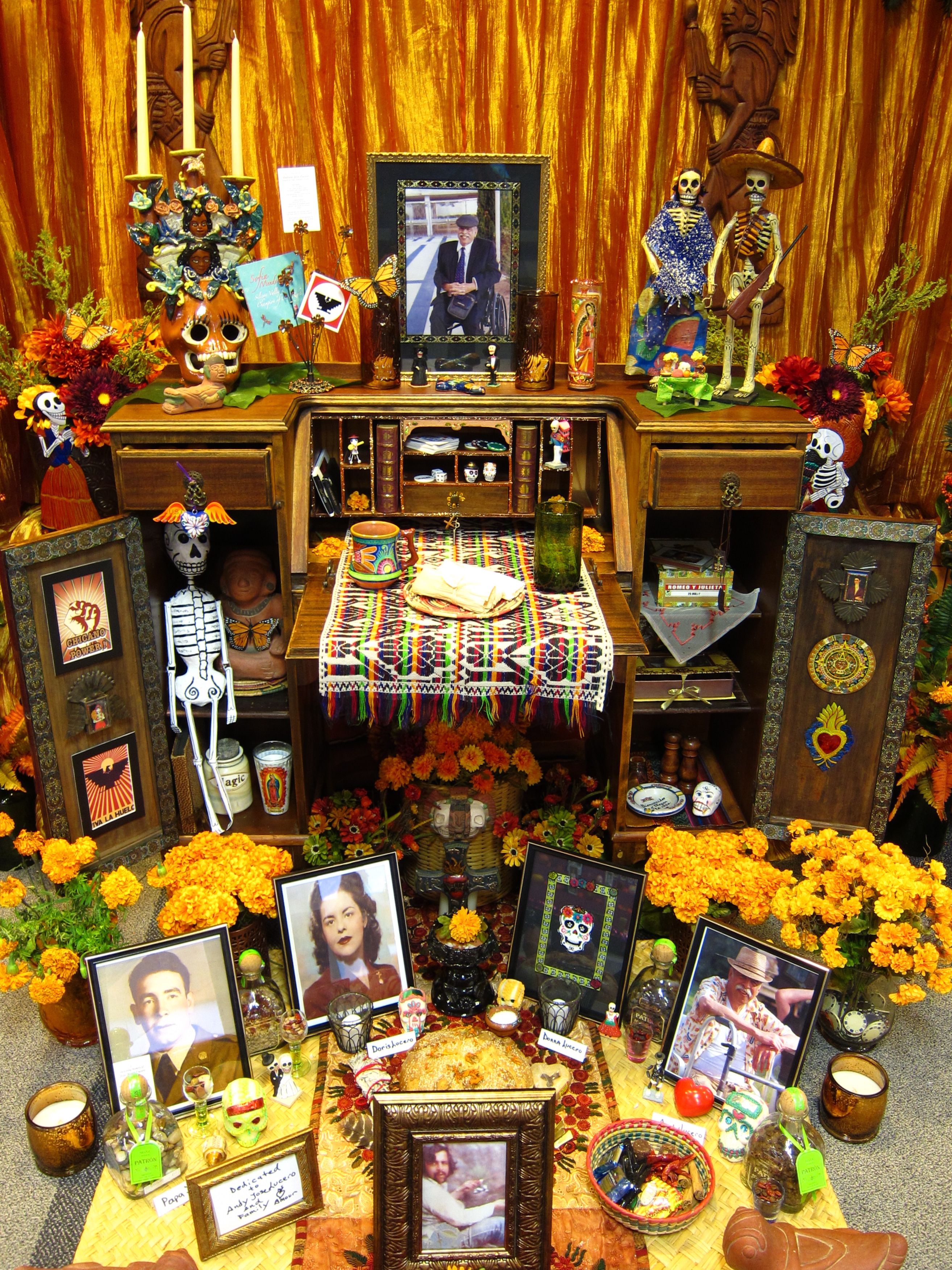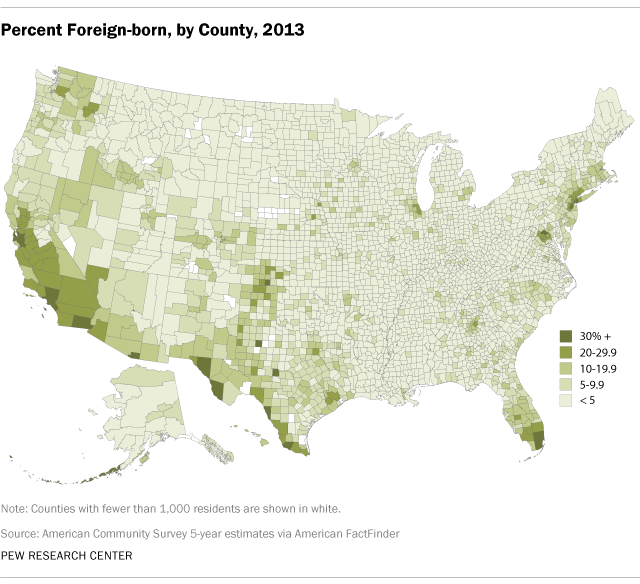Pew: Foreign Students Migrate to Bay Area
By Sharon Simonson
Not wildfires, mudslides, or monster commutes; not overcrowded and expensive housing, or gender-challenged workplaces. Nothing—so far—can keep them away: foreign students seeking U.S. college degrees and work experience have flocked to the Bay Area in recent years—more than to any other place in the country except New York City.
According to new research from the Pew Research Center based on more than a decade of student-visa data, the Silicon Valley and San Francisco metros rank among the top ten destinations for foreign students earning American university degrees and staying to work.
Including the more than 77,000 foreign students who migrated to the region for employment after earning degrees in other U.S. cities, the Bay Area attracted more than 120,000 foreig...



